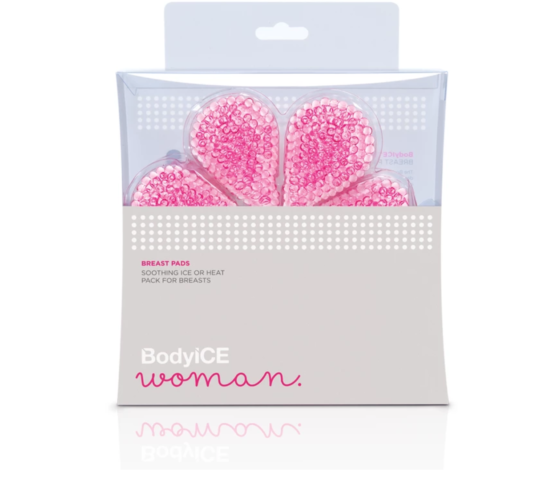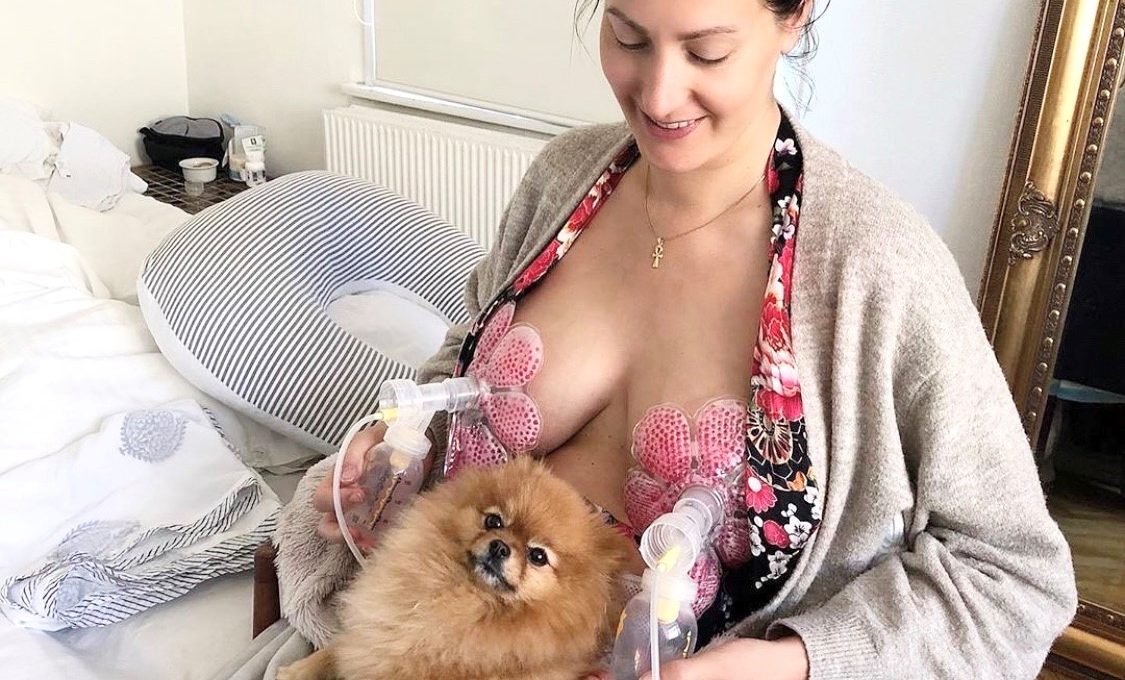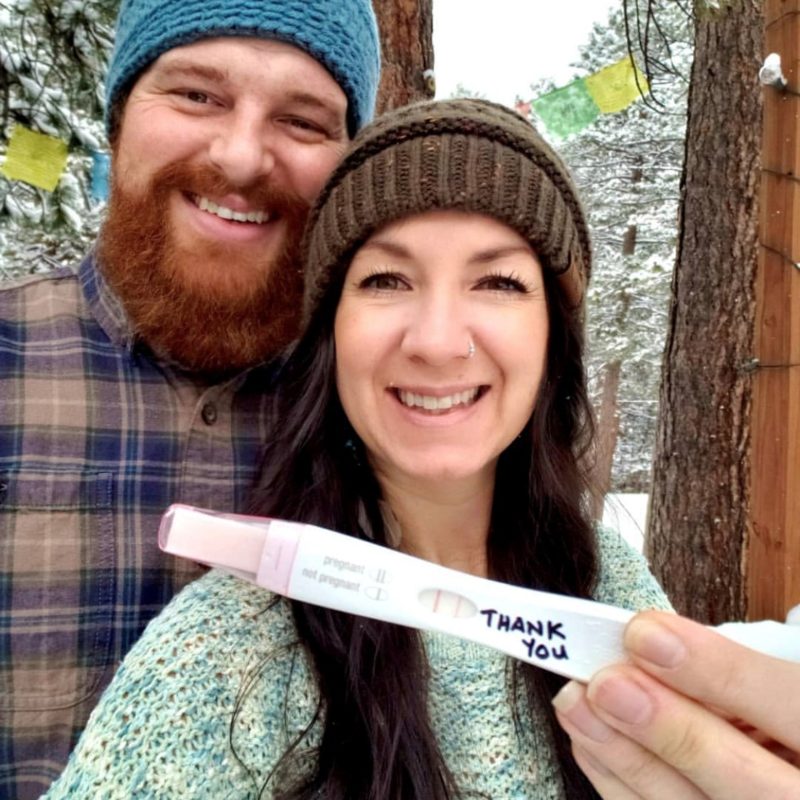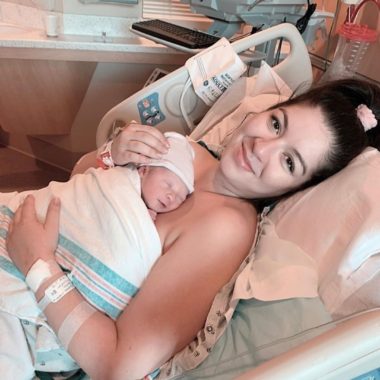Engorgement is a postpartum complication that occurs when breast tissue overfills with milk, blood or other fluids. This pain may surface anytime between the first and second week of birth as the body begins to produce more milk for your baby’s nutrition.
After the first few days of birth, the postpartum body speeds up the production of regular fluid, moving on from the production of an initial diet of colostrum. If the body is producing more than the newborn can eat, the build-up of fluid will cause the breasts to be large, tightened, lumpy and tender. Engorgement can affect either one or both breasts at the same time.
In severe cases, proper latching becomes difficult while nursing because the nipples may crack, flatten or become sore. Ironically, while this may tempt you to breastfeed less, it only makes the engorgement worse. Veins in the breast become more prominent with swelling spreading as far as the armpit. Acute cases of engorgement can lead to mastitis which is characterized by blocked milk ducts and breast infection. Mastitis, a condition requires urgent treatment, needs to be treated with antibiotics.
Ideally, your breasts should feel full, warm, and heavy with milk after birth. However, this heaviness is expected to dissipate without trouble. When it doesn’t, the extra blood and fluids in your breasts which your body produces will cause the pain known as engorgement.

CAUSES OR RISK FACTORS
Breast engorgement may happen when there is:
- Congestion or increased blood flow to the breasts.
- Delayed initiation of breastfeeding
- Infrequent feeding
- Sudden change in breastfeeding routine
- Inadequate disposal of milk supply (this could be caused by a sub-optimal appetite in the newborn)
SYMPTOMS
Symptoms of engorged breasts include:
- Swollen, firm, lumpy and painful breasts
- Flattened nipples
- Milk Fever (or run-down feeling, usually around 100.4°F or 38°C)
- Swollen and tender lymph nodes in the underarms
- Hardness of the breast area (including areola)
TREATMENT
Here’s how you can relieve engorgement symptoms:
- Soften your breasts before nursing sessions for some minutes with a warm compress. Otherwise, express a small amount of milk from both breasts before the feeding proper. Be careful not to express too much otherwise, your body will continue to make more.
- Breastfeed or express frequently, at least within a 1 to 3-hour interval all day long. Since your body is producing more, the simple way to manage the build-up is to expel as much as you produce. Also, ensure that your baby is latching on and feeding well.
- Recommended pain medication can help to reduce pain and swelling. Ensure to check with your doctor before you take any kind of medicine while breastfeeding. This also applies to the pregnancy stage. Unprescribed medication is a no-no.
- Using a wet towel, a cold pack, chilled and washed cabbage leaves, or a bag of frozen vegetable for at least 15 minutes, apply cold compress on your breasts. Avoid skin damage by placing a thin cloth between your breast and the cold pack. This helps to relieve inflammation.
- Empty your breasts with each feeding. Exhaust the supply in one breast completely before you switch to the other side. Here’s how you can tell when it’s time to switch: Slowed sucking or no swallowing.
- Massaging your breasts while nursing will help ease the pain as your baby suckles.
- Wearing a firm and supportive bra also helps to keep the breast from free-falling.
“Doctors told me to stop breastfeeding and just take a pill to stop my milk supply but I refused. What helped me through was using Bodyicewoman heat pads 15 minutes before pumping and during pumping to help clear my engorged milk ducts. That really soothed me 😊.”
Kamilla Holst
PRODUCT RECOMMENDATION

If in any case you’d want to try a product instead and one that nursing moms have used and can vouch for, this breast therapy pack from BodyICE WOMAN does the trick. It’s a hot and cold gel pack that fits comfortably inside the bra and around the nipples. Moms who have used this say it also helps with blocked ducts and can be used while pumping. It’s reusable and depending on your preference, can be made hot or cold.

Review from Kamilla Holst – “Doctors told me to stop breastfeeding and just take a pill to stop my milk supply but I refused. What helped me through was using Bodyicewoman heat pads 15 minutes before pumping and during pumping to help clear my engorged milk ducts. That really soothed me 😊.”
Review from Yasmin Dost – “I’m finding I have so much more milk and a lot less pain thanks to Bodyicewoman 🙌🏻 When my milk came in, I started using these gel bead breast packs. They can be used hot or cold and help to soothe aches, pains and encourage flow of milk. They’ve given me so much relief since I started using!!”
It is also important to state here that engorgement is not always a one-time problem. In some cases, it could be sporadic or based on actions or inactions at any given time, even long after the first few weeks of birth. For instance, skipping a nursing session or not pumping at the right time may cause that heavy, full feeling that comes with engorgement. If after you have tried any of these options and the pain persists, please consult a lactation consultant to help you ascertain any other underlying causes which may need to be addressed.
- How Setting Postpartum Boundaries made me lose my brother - February 6, 2025
- How To Revive Your Sex Life After Baby - October 17, 2023
- The Sona App Aims To Make Your Child “Sleep Like A Baby” And We Tested It - May 14, 2023








